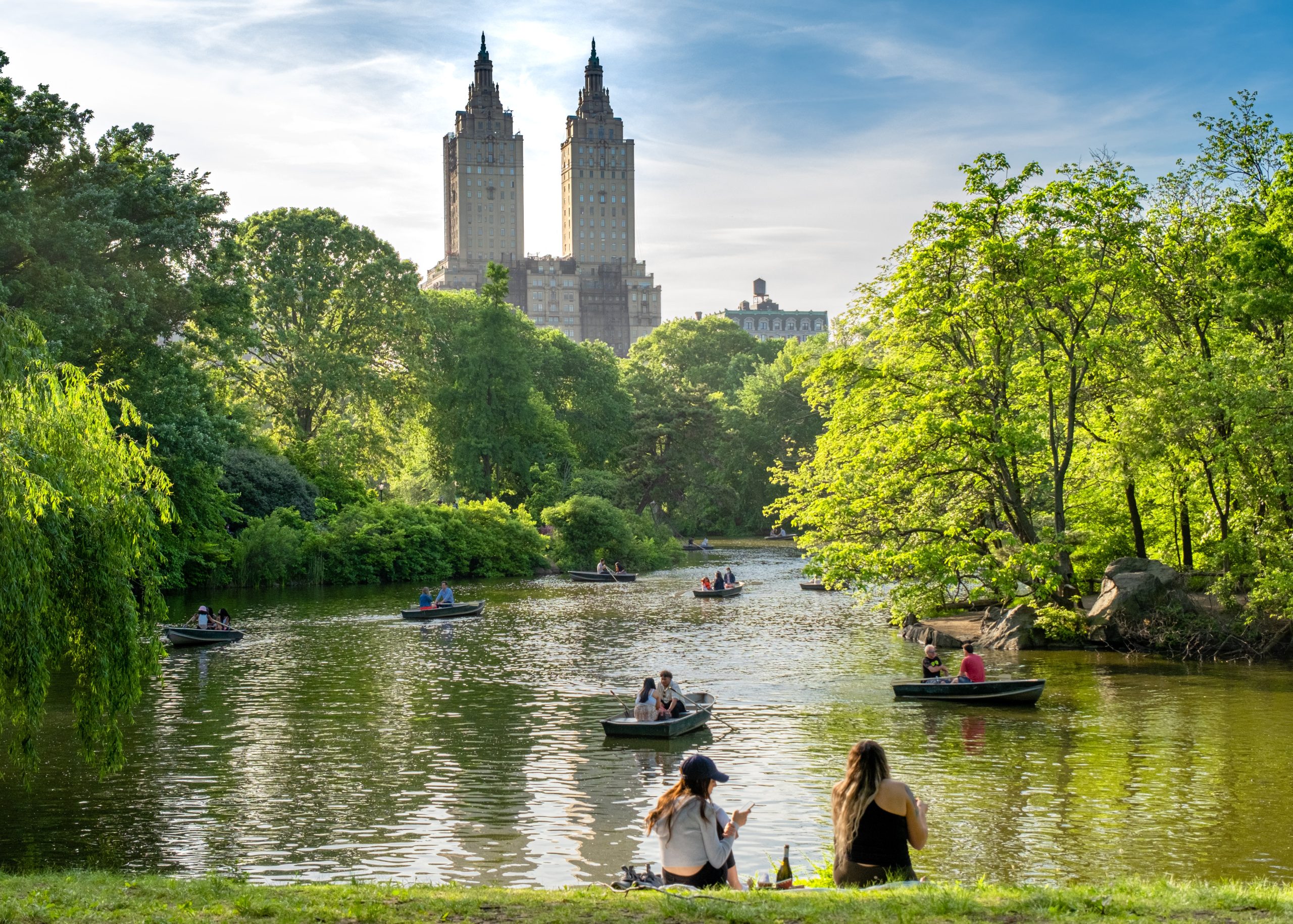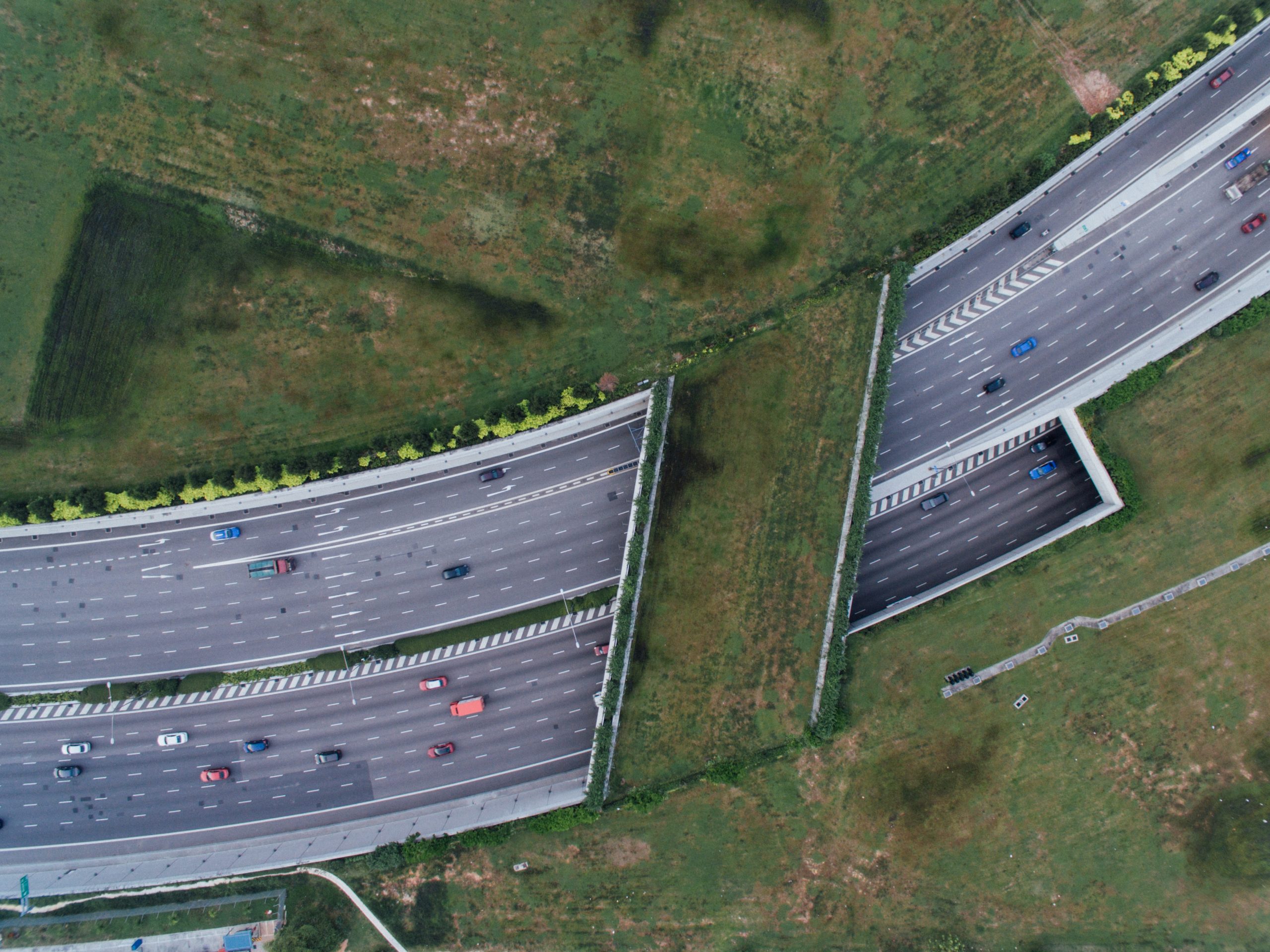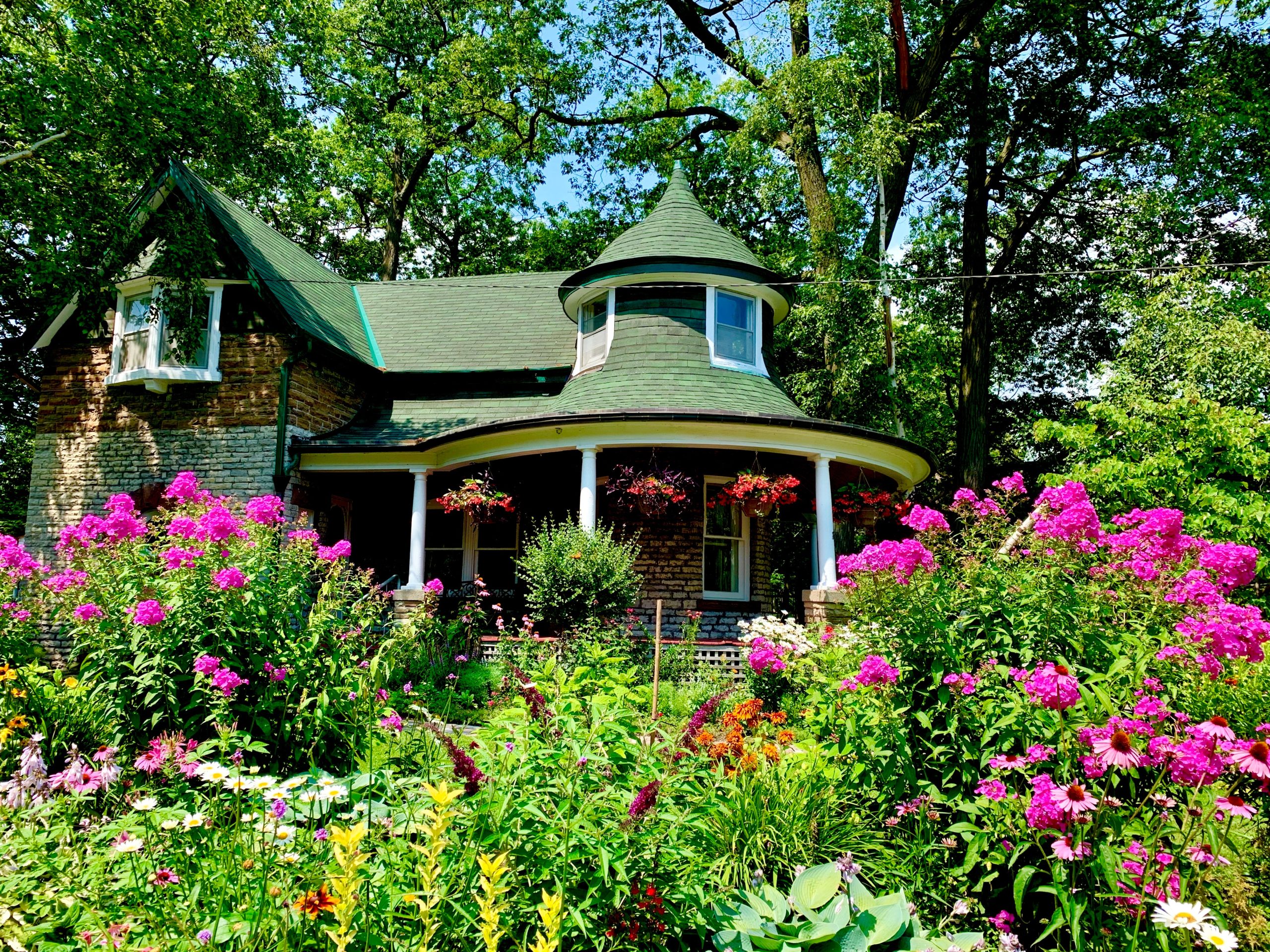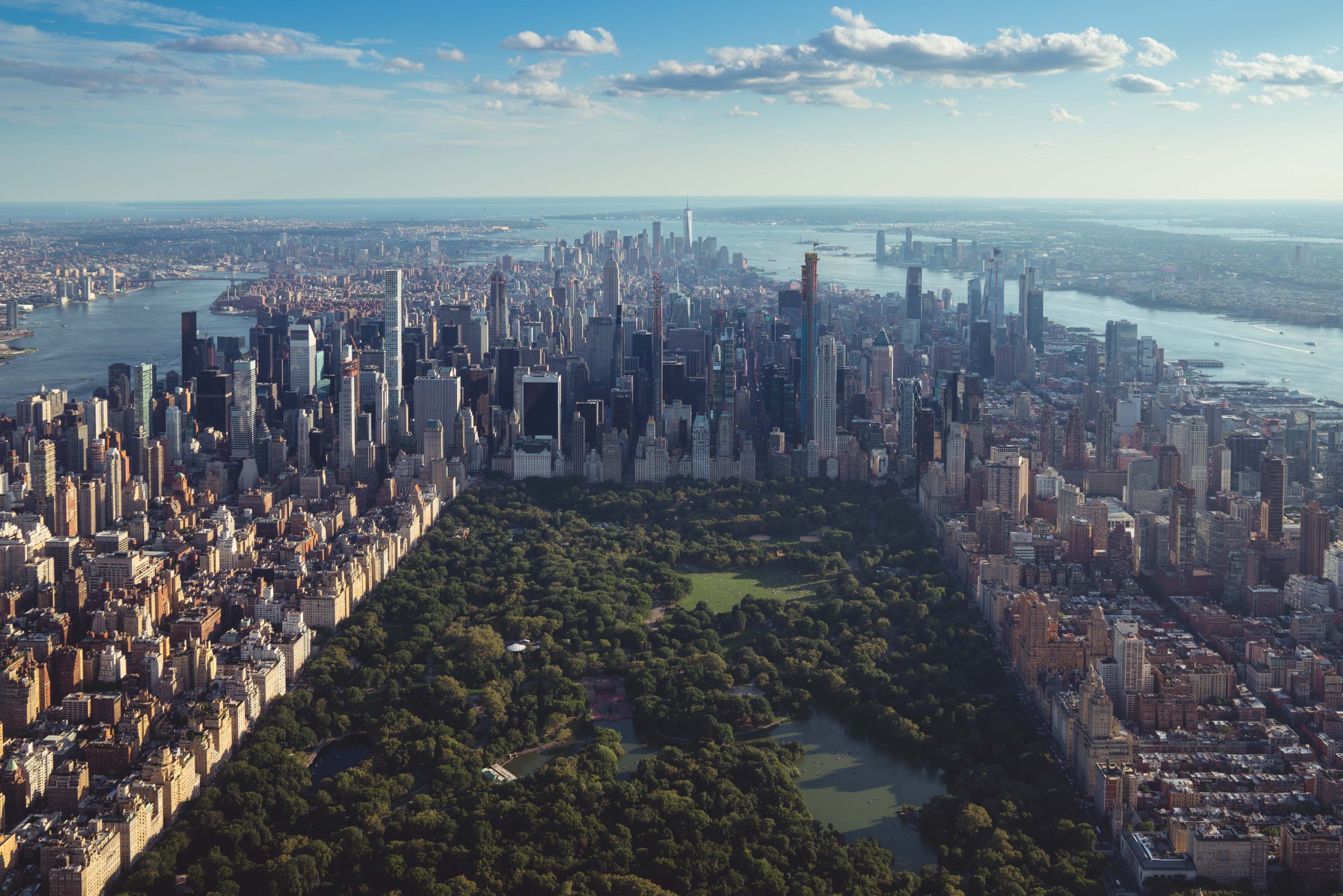Patch Size
Image credits: Ricardo Gomez Garrido, CC BY 2.0
Patch size — the area of each discrete greenspace in a city— is one of the two main drivers of urban biodiversity. We define patches as contiguous greenspaces of at least 2 acres (0.8 hectare) in size.
Biodiversity declines rapidly when greenspaces are smaller than 10 acres (4 hectares) in size, while large patches greater than 130 acres (52.6 hectares) in size can host species that are area-sensitive and intolerant of urban environments. Networks of habitat patches greater than 2 acres (0.8 hectare) maintain species richness in urban settings.
Patches can range from smaller neighborhood parks to golf courses, cemeteries, and large city parks, as well as natural spaces such as forests and lakes. Larger patches generally support greater biodiversity because they contain more kinds of habitats and provide more resources than smaller patches.

Relevant Planning and Design Strategies
The Urban Biodiversity Framework identifies seven key landscape elements that, when integrated together into urban design and planning, have the greatest chance of supporting the greatest number of species. Each element is related to various strategies from the urban planning, site design, and detailed design chapters.
- All Strategies
- Urban Planning
- Site Design
- Detailed Design
PATCH SIZE
Biodiversity declines rapidly when greenspaces are smaller than 10 acres in size, while large patches (above 130 acres in size) can host species that are area-sensitive and intolerant of urban environments. Networks of habitat patches maintain species richness in urban settings.
Patches can range from smaller neighborhood parks to golf courses, cemeteries, and large city parks, as well as natural spaces such as forests and lakes. Larger patches generally support greater biodiversity because they contain more kinds of habitats and provide more resources than smaller patches.

ACTIONS YOU CAN TAKE
Create new large habitat patches, particularly in cities that have few or no large parks, through restoration or conversion of landscaping, lawnscapes, and hardscapes. This strategy can be made a priority through biodiversity planning.
Related precedent: Camley Street Natural Park – London, UK
Some patches that contain high-quality habitat may not be protected against future loss or degradation. These patches can (and may already) support more biodiversity than patches of equivalent size that have been highly modified. Formally protecting patches with existing high-quality habitat is an important mechanism to safeguard and sustain urban biodiversity, and will require less active restoration to recover or enhance ecological functions.
On private lands, patches can be protected through ecosystem service payments, conservation easements, and outright purchase by non-profit or government entities. Patches on public lands can be protected through federal or local policies and special land designations, as well as conservation easements held by a third party such as a non-profit, land trust, or agency. Public landowners can also partner with local indigenous communities to identify opportunities for rematriation and indigenous stewardship of the land.
When planning future acquisitions, consider possibilities to expand existing large, high-quality patches and connect existing, adjacent patches. This can be an effective strategy for maximizing biodiversity support, and can help create local or regional hubs of biodiversity by building on existing greenspace resources.
This action also supports: Connections
Related precedent: Nature Ways – Singapore
Square or circular patches have more core habitat and shorter perimeters than long, skinny patches of a similar size, and are thus more suitable for area-sensitive species. Edges can be reduced or softened by restoring patches with large core habitat, designing transitional ecotones, or implementing low-impact management strategies around the perimeter.
Opportunities for greenspace expansion may occur through redevelopment or redesign of parcels surrounding existing patches. Thoughtfully designing these parcels to include more softscape and native plants can help soften the edge between habitat patches and urban environments and expand the habitat and resources available for wildlife.
Related precedent: ACROS Fukuoka Prefectural International Hall Green Roof – Fukuoka, Japan




